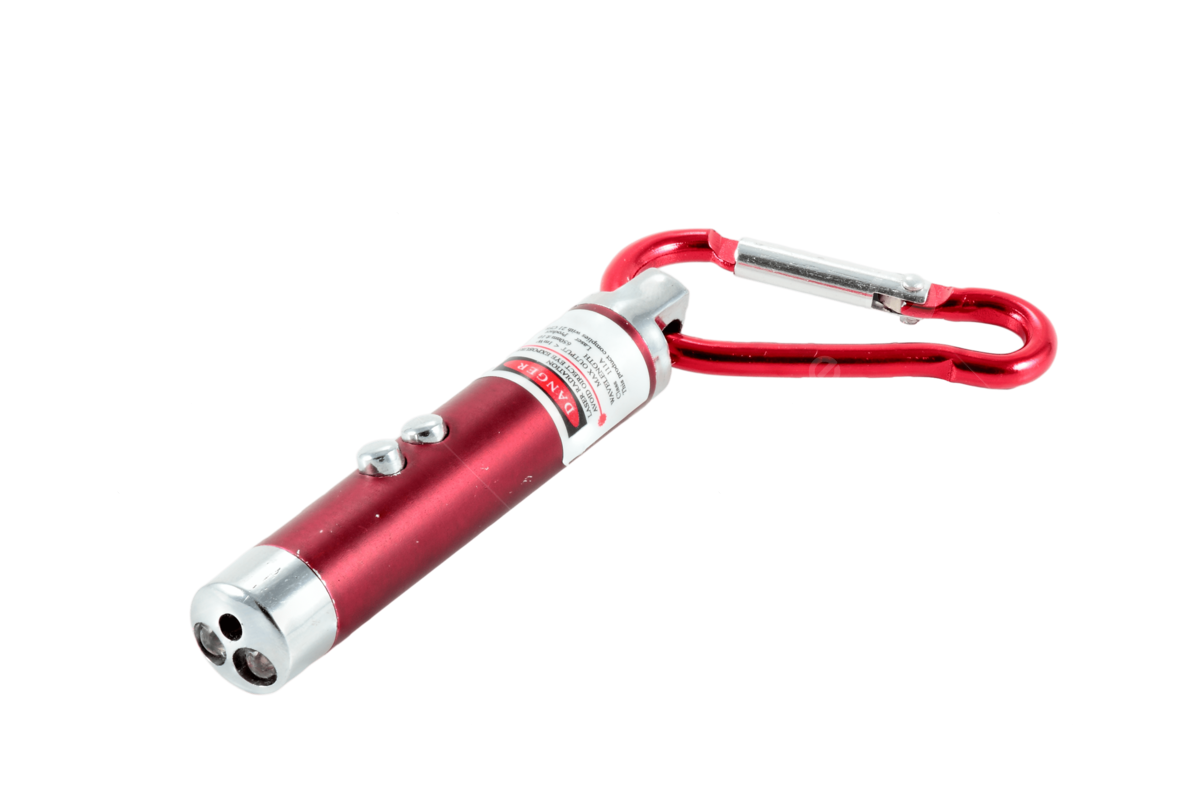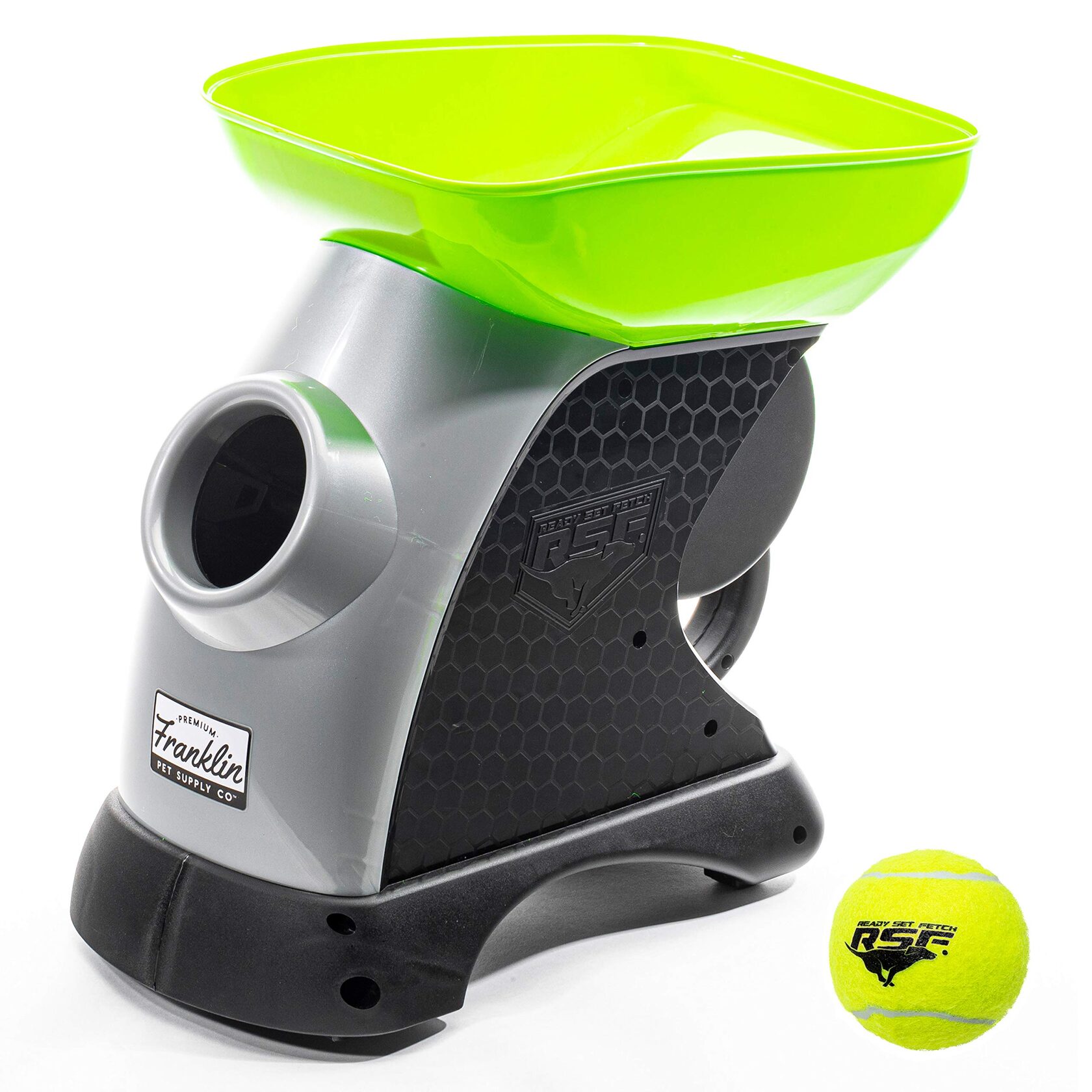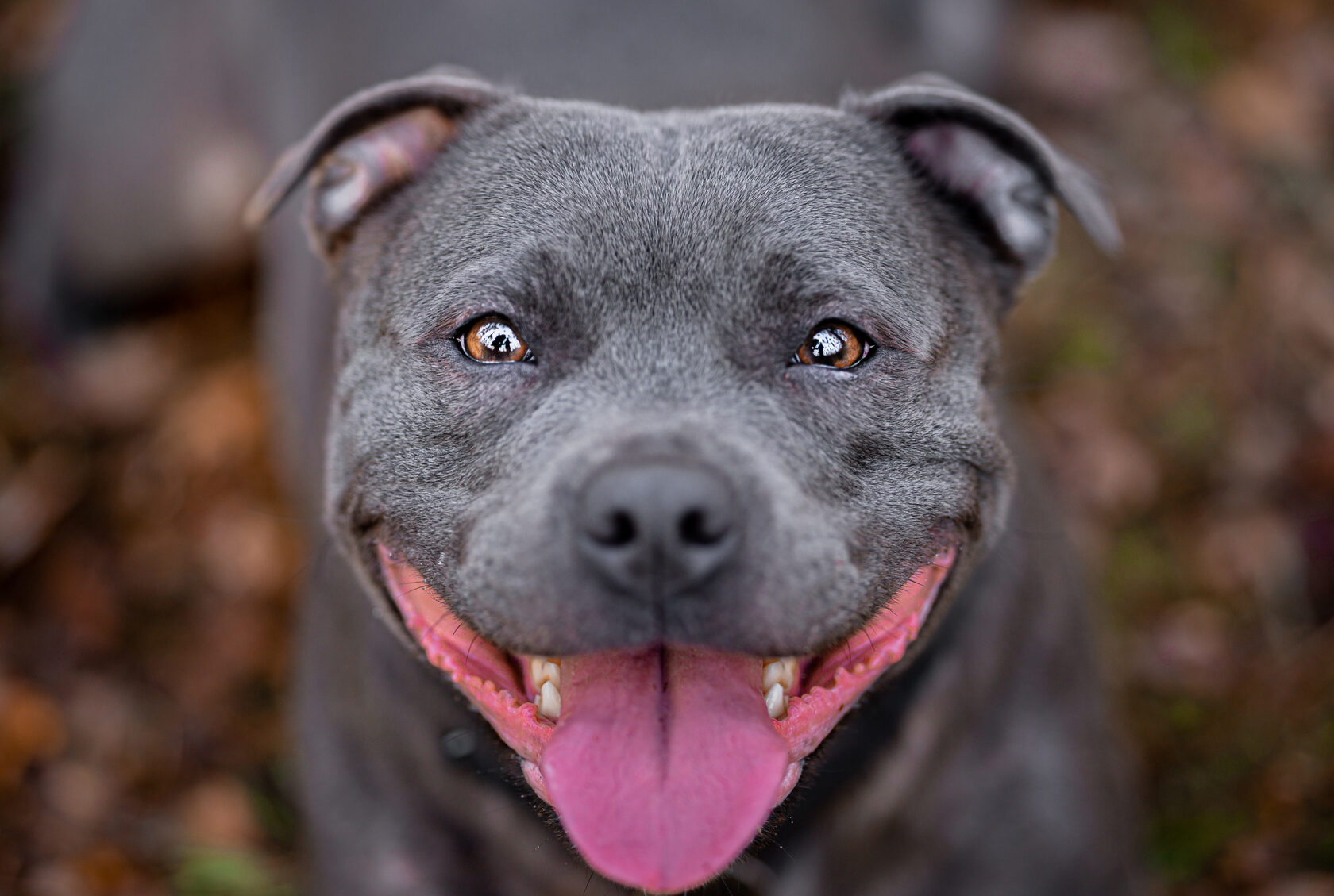Playing is an integral part of a dog's life, as it is an essential tool in building your relationship with a new puppy and learning some basic skills. Here are just some of the major reasons why you should play with your dog regularly and deliberately:
Establishing play motivation. Some puppies are more motivated by play, while others are less and prefer food rewards instead. It is in play that you will be able to get to know your puppy better and learn to praise him.
Teaching the simplest skills. How to switch from one object to another, how to share and give up toys, how to wait, find objects, not to bite hands - these are only the most popular skills that are usually needed at first, and it is in play that they can be mastered in an easy way for both you and the puppy.
Fulfilling the secondary (elastic) needs of the dog. Your puppy has inelastic needs without which he cannot survive (food, water, sleep, veterinary care), and other needs which are called elastic - he definitely can survive without them, but they enrich the dog's life Play is just one of them.
Spending quality time with your dog. Socialization, training, and daily life routine take a lot, but it is worth remembering why we used to dream of having a dog in the first place. The most common answer is to become happier and to give your dog a happy life too. So never forget to have fun together!
But all good things should also be in some healthy limitation. Games are not only a mental, but also a physical exercise, and it's important to remember that the puppy's musculoskeletal system is not yet strong enough to play long and intensely. Play for a puppy should be careful and easy, not overtired physically, and without extreme, abrupt, or repetitive movements to avoid injury. We discussed the physical development of puppies HERE.
Also, it's important not to overexcite the puppy. At first, overexcitement may seem cute and funny, but it's a very common problem for adult dogs and the best background for the development of various behavioral problems. The puppy's nervous system is not yet fully formed, and processes of excitation and inhibition are still poorly managed, the same as in kids.
Here are a few more principles that will help to make dog's play safer:
Do not forget about hygiene. Toys get dirty in dust, saliva, and dirt, and of course, they need to be washed periodically. We recommend cleaning them with boiling water and soda, eco-washing products, or products suitable for small children.
Your supervision is always necessary. Most toys are not designed for a dog to play by himself, and your attention is needed to control the situation, even especially if several dogs or a dog and a child are playing together. Only a responsible adult can assess the risks and prevent incidents.
Toys are consumables. Some of them will last longer, some - less, but normally they will break and tear with time. Broken toys should be removed or sewn up asap before the dog accidentally swallows them.
Toys that became too small should also be removed in asap, before the dog could accidentally swallow them. Small balls, Kongs, and squeakers can easily get into the dog's throat, and it's very dangerous, even if your dog loved them as a puppy.
Balls are the most common dog toys, but still, there are a few aspects to look at. The first is the material. Popular tennis balls damage tooth enamel with time, and if this may not be noticeable in a dog's youth, it can be more present in an older dog. Plastic balls are also not a great option. Soft balls, leather, and rubber balls are better and safer options. The size of the ball should be large enough so that it doesn't fit in the dog's mouth completely, otherwise risks to accidentally swallow it are high.
Repetitively fetching a ball is not the best game for a dog to play, and especially not for a puppy. A fast and repetitive game will quickly overexcite the dog, while rapid braking and turns will not be good for the health of joints and muscles. There is nothing awful in throwing a toy once or twice, but fetching is not suitable as a physical activity or on a regular repetitive basis. Pay attention to net-shaped balls made of rubber. They are soft, light, and much safer for the dog to pick up from the ground. These balls are easy to wash and convenient to take out on walks, for example, by tying them to a bag or a leash handle.
Repetitively fetching a ball is not the best game for a dog to play, and especially not for a puppy. A fast and repetitive game will quickly overexcite the dog, while rapid braking and turns will not be good for the health of joints and muscles. There is nothing awful in throwing a toy once or twice, but fetching is not suitable as a physical activity or on a regular repetitive basis. Pay attention to net-shaped balls made of rubber. They are soft, light, and much safer for the dog to pick up from the ground. These balls are easy to wash and convenient to take out on walks, for example, by tying them to a bag or a leash handle.
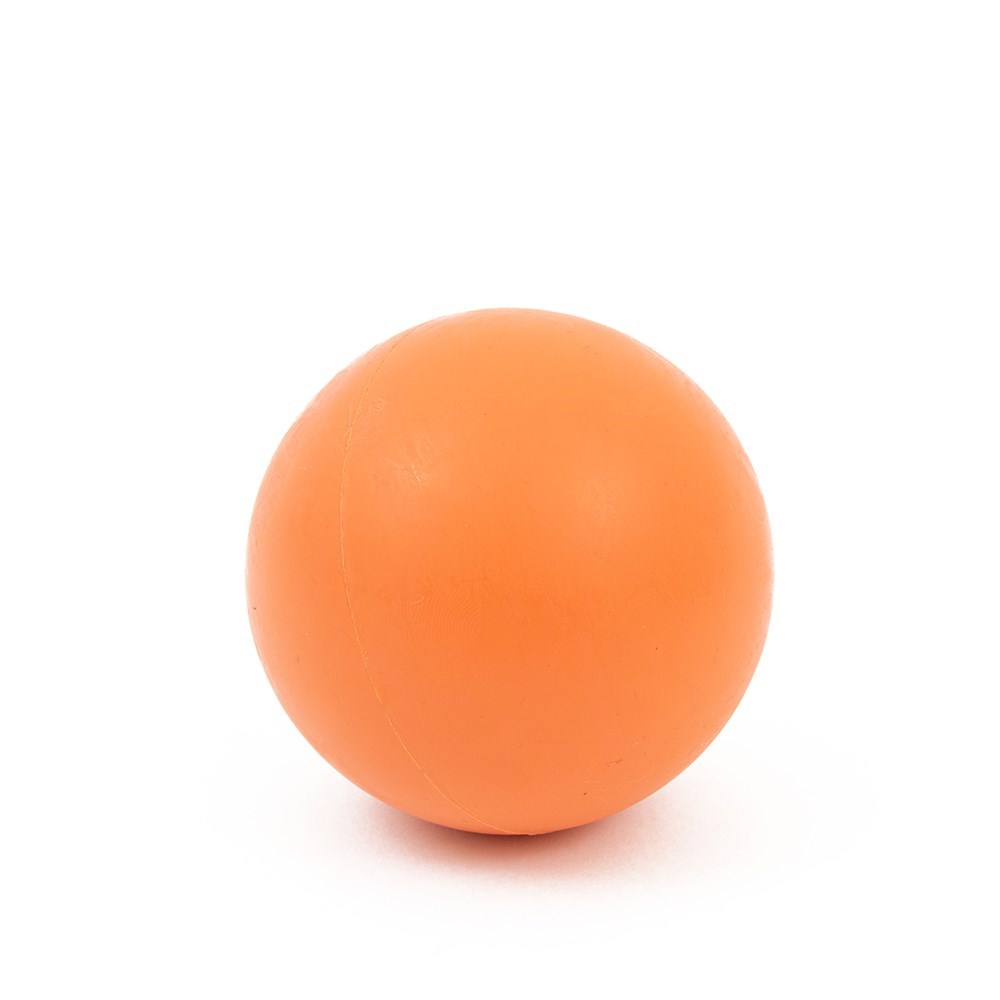


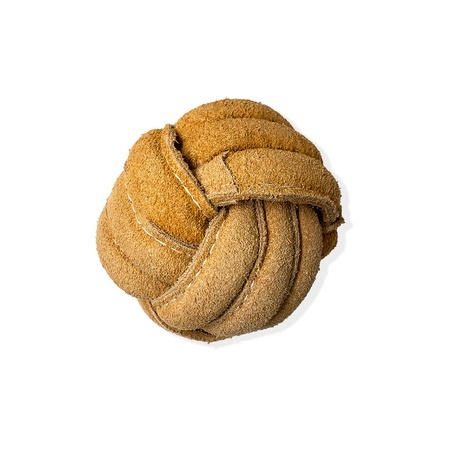
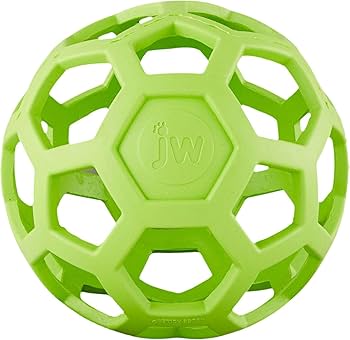
Plush toys are available to suit all tastes. Some dogs tend to tear them apart right away, but others play with them quite gently for a very long time. For example, our dogs' favorite toys are big plush ducks and a piglet from Ikea. In several years they have already been sewn up a couple of times, but still look good. When choosing soft toys, note that the dog will likely chew off small parts like ears and horns quickly, and plastic noses and eyes can be dangerous if the dog swallows them. Toys for children can also be suitable if they do not have plastic details like buttons, eyes, etc.
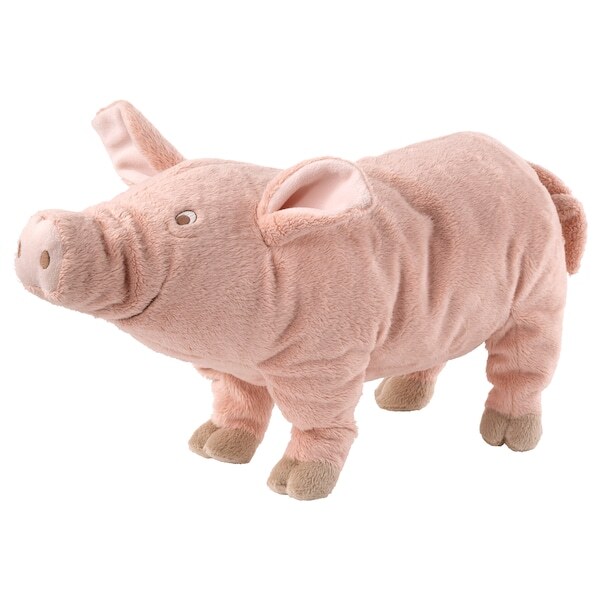
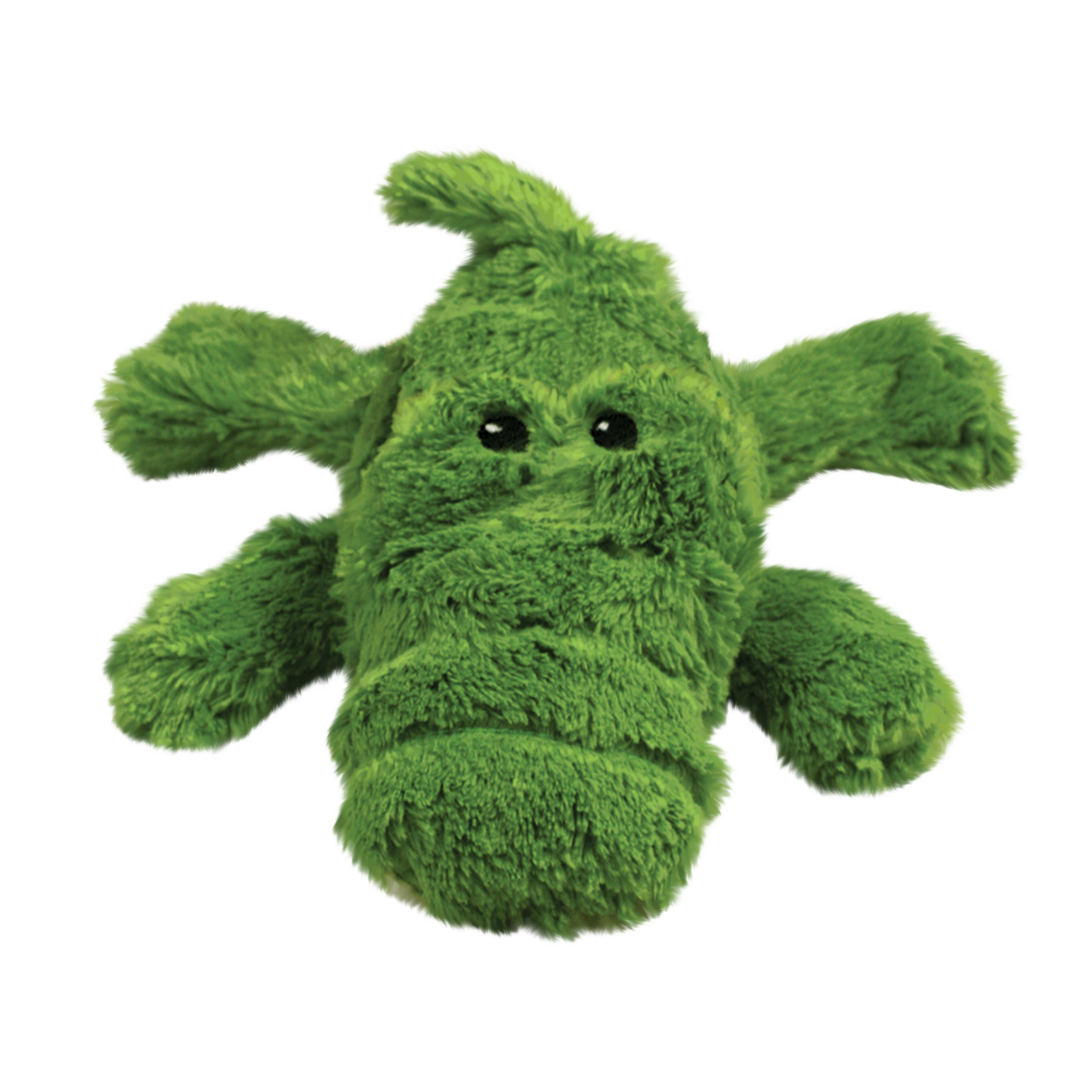
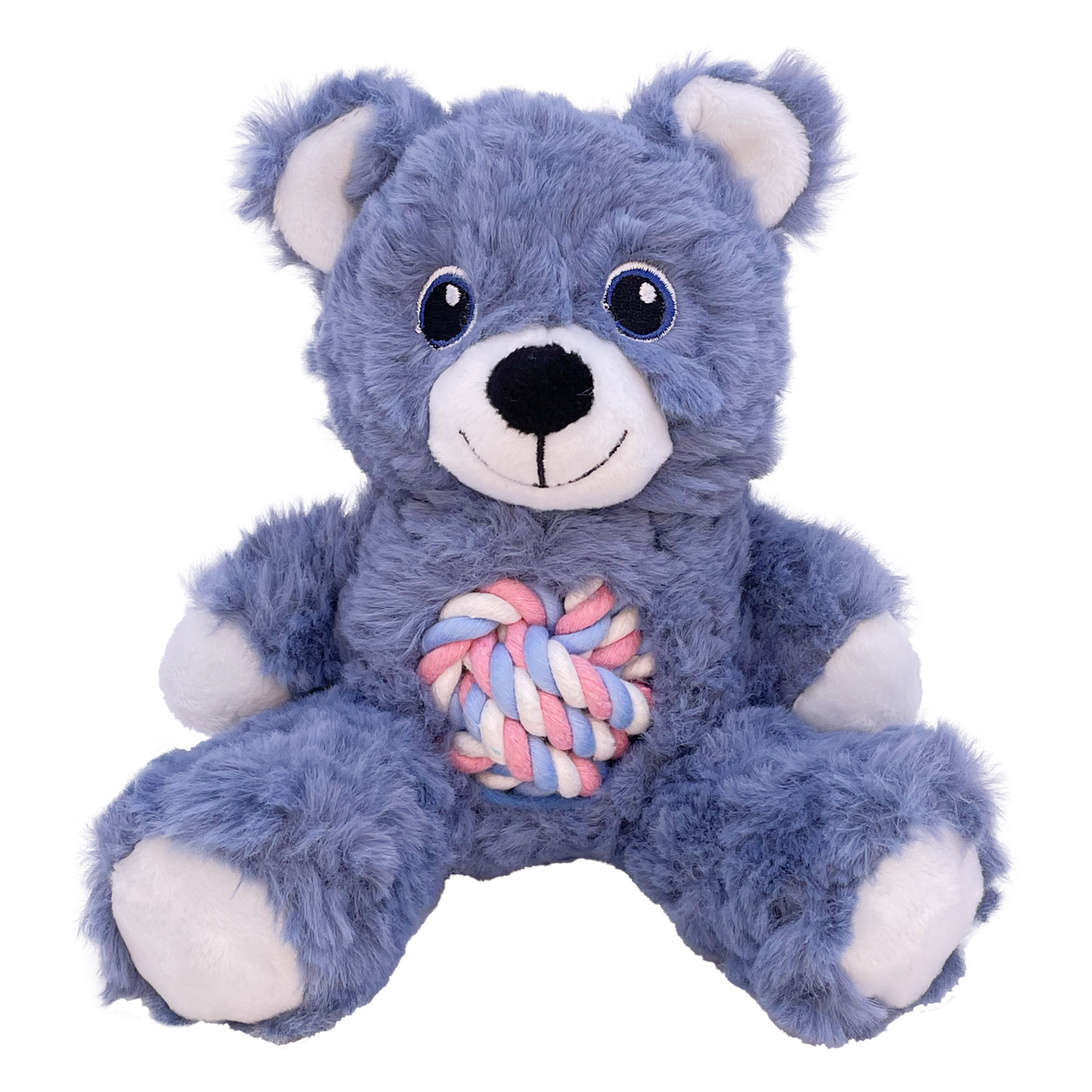
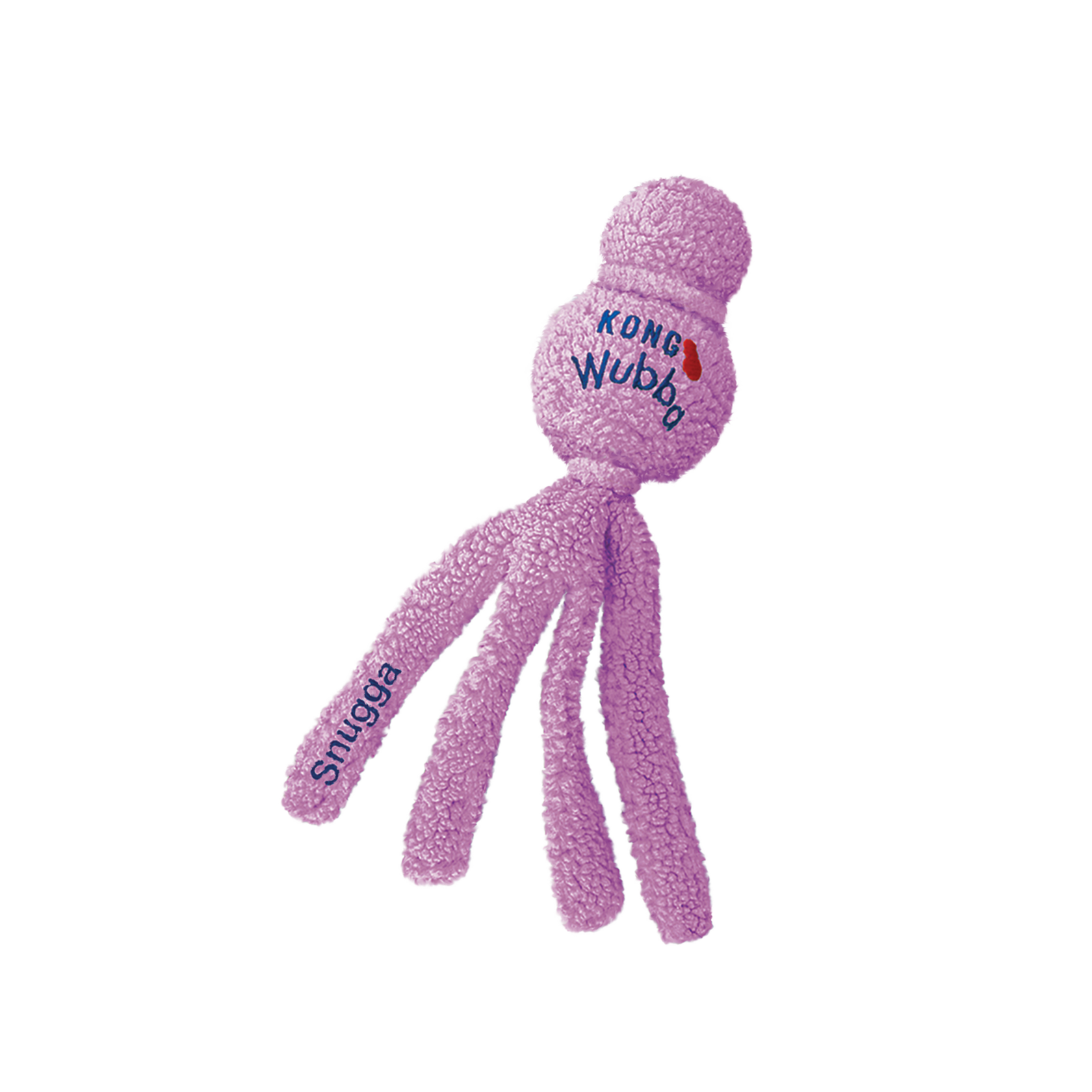
Tug toys are very convenient for playing with a dog or for several dogs to play with each other. They can be of various shapes and materials. The main thing is that it should be easy to grab and hold. Such toys are usually much more durable than plush toys and are usually toughened with ropes or rubber rods. Make sure that the tug toy is not too hard and does not have sharp endings.
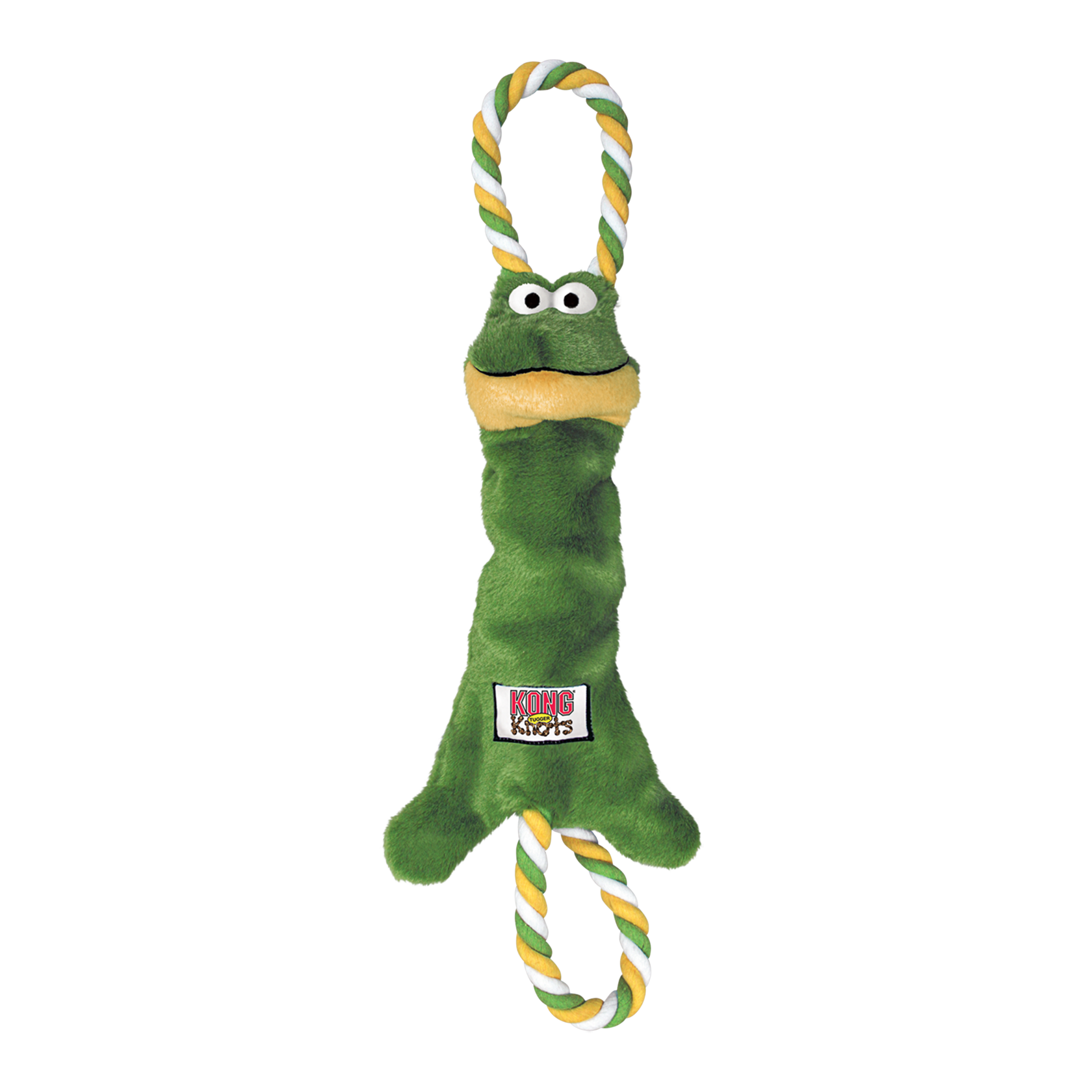
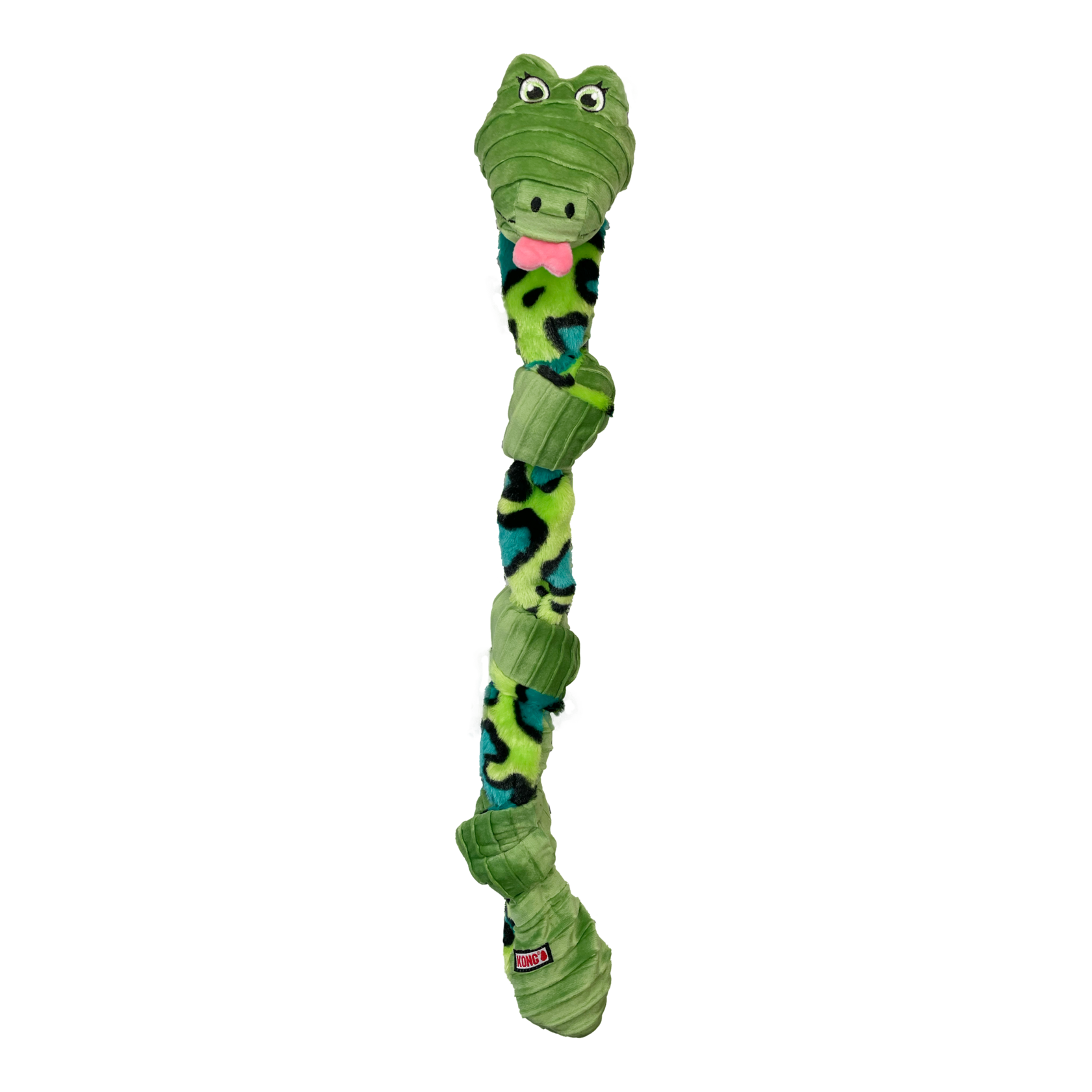
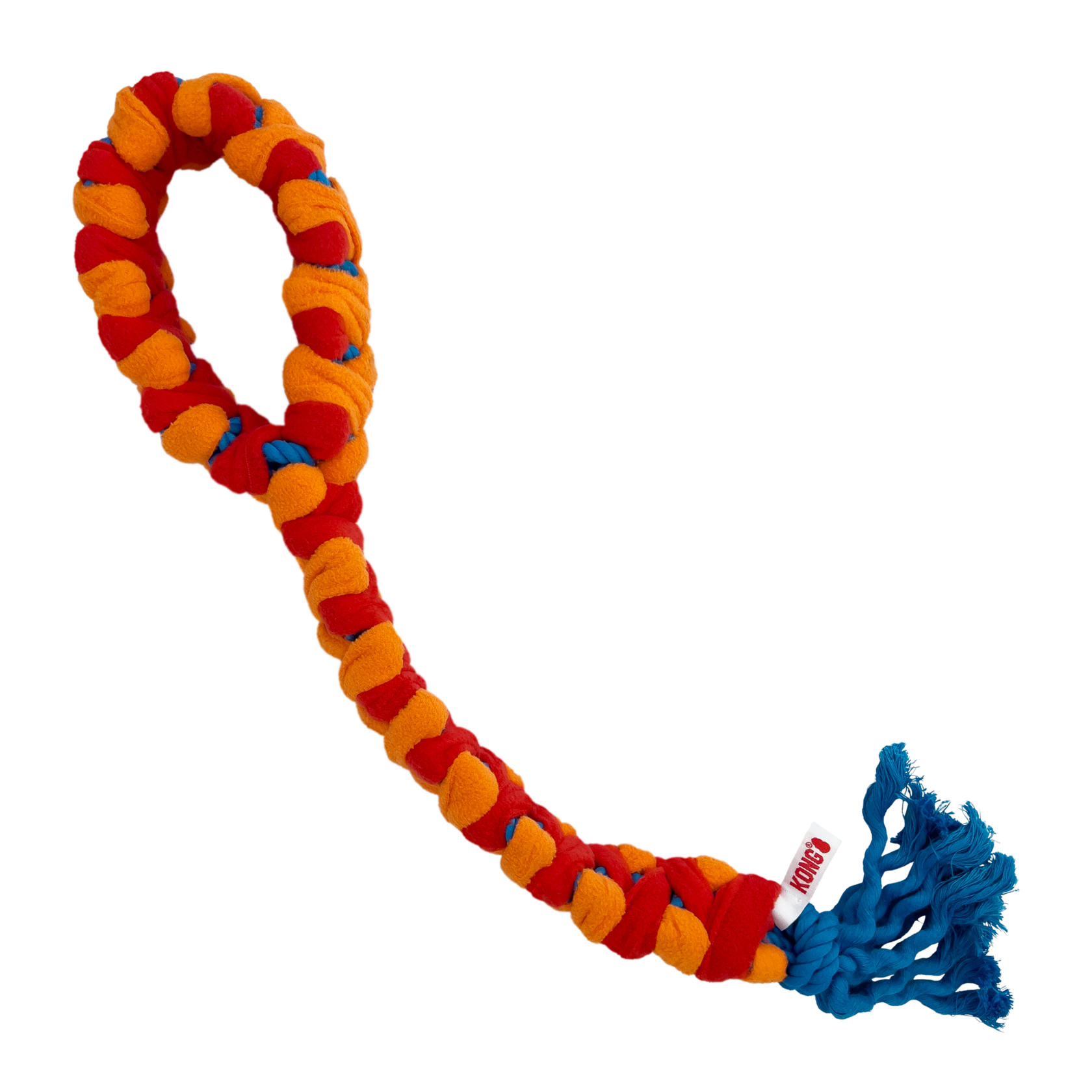
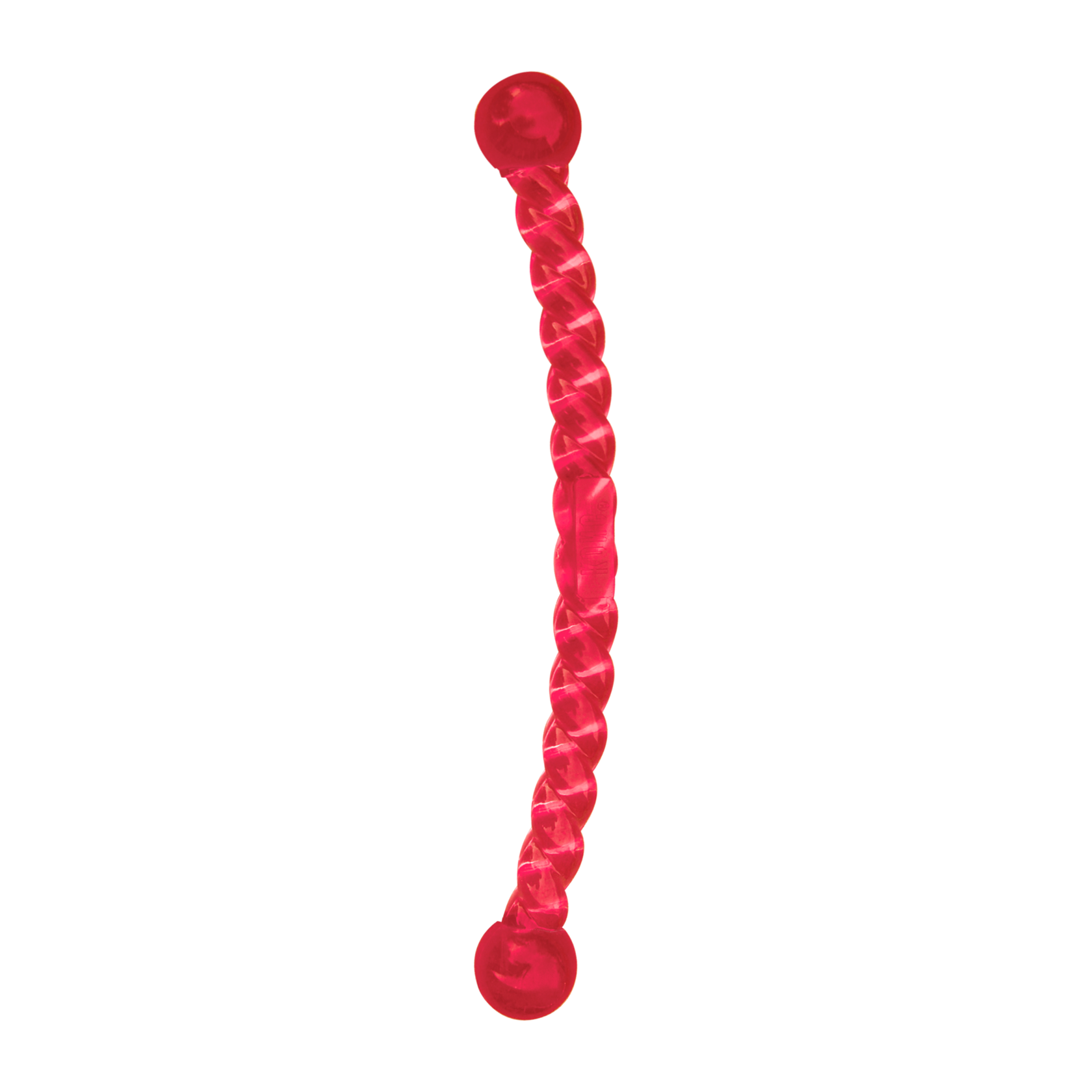
Search toys come in many different varieties, even DIY. You can hide your dog's favorite treats in them for him to find, take out and eat. Dogs find it fun, and it's also a great mental workout - all dogs can use their noses and love to search, if you provide them an opportunity to practice this skill. Search mats or balls are excellent toys to pick. You can also make them yourself, and if you are not a big fan of DIY, even a crumpled fleece will work, or even an empty egg box, or anything your imagination can come up with. In Estonia, there is a wonderful place called Hea Hoog, where people with disabilities make handmade goods for people and dogs, including search mats and balls, which we sincerely recommend.
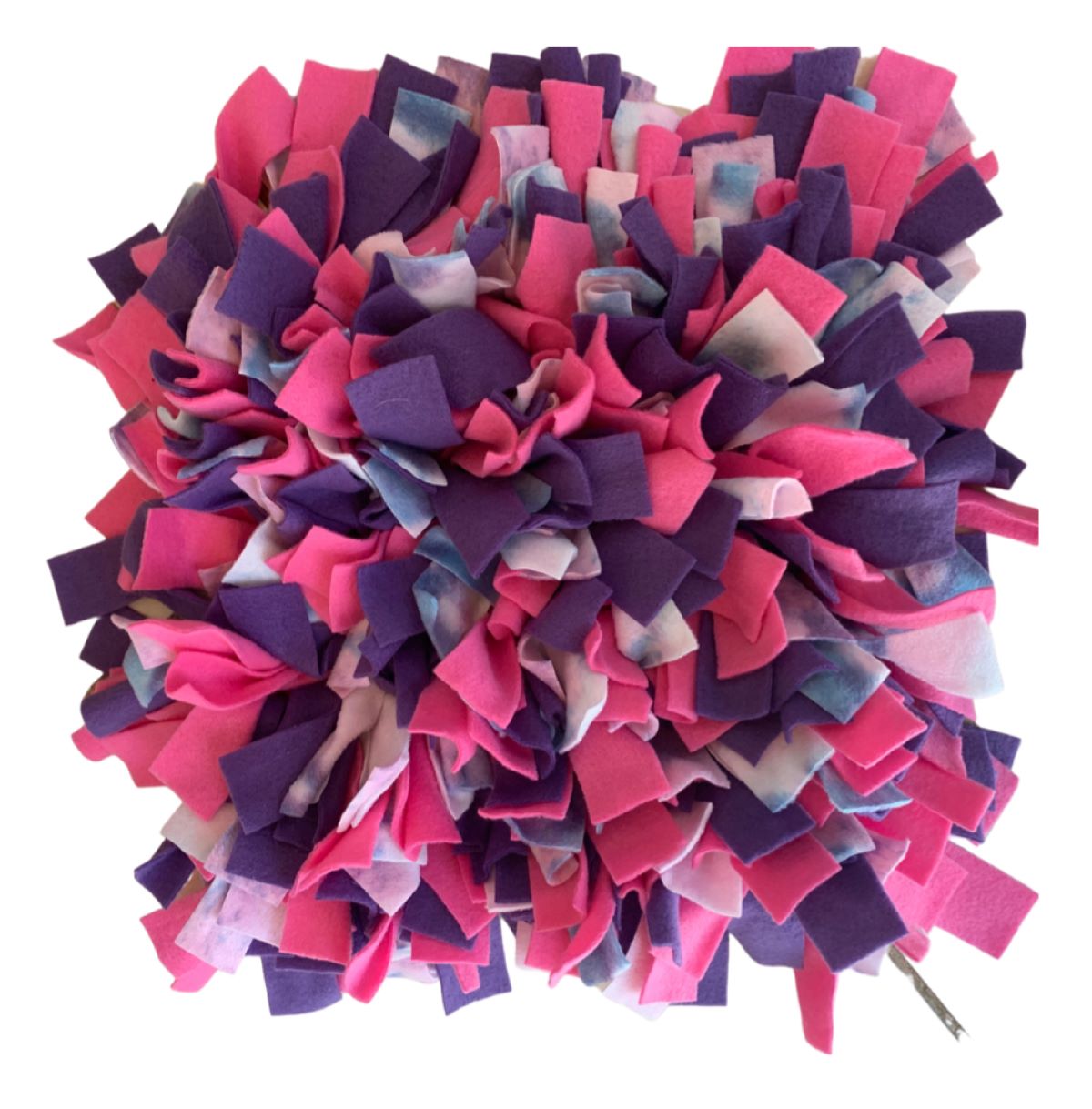
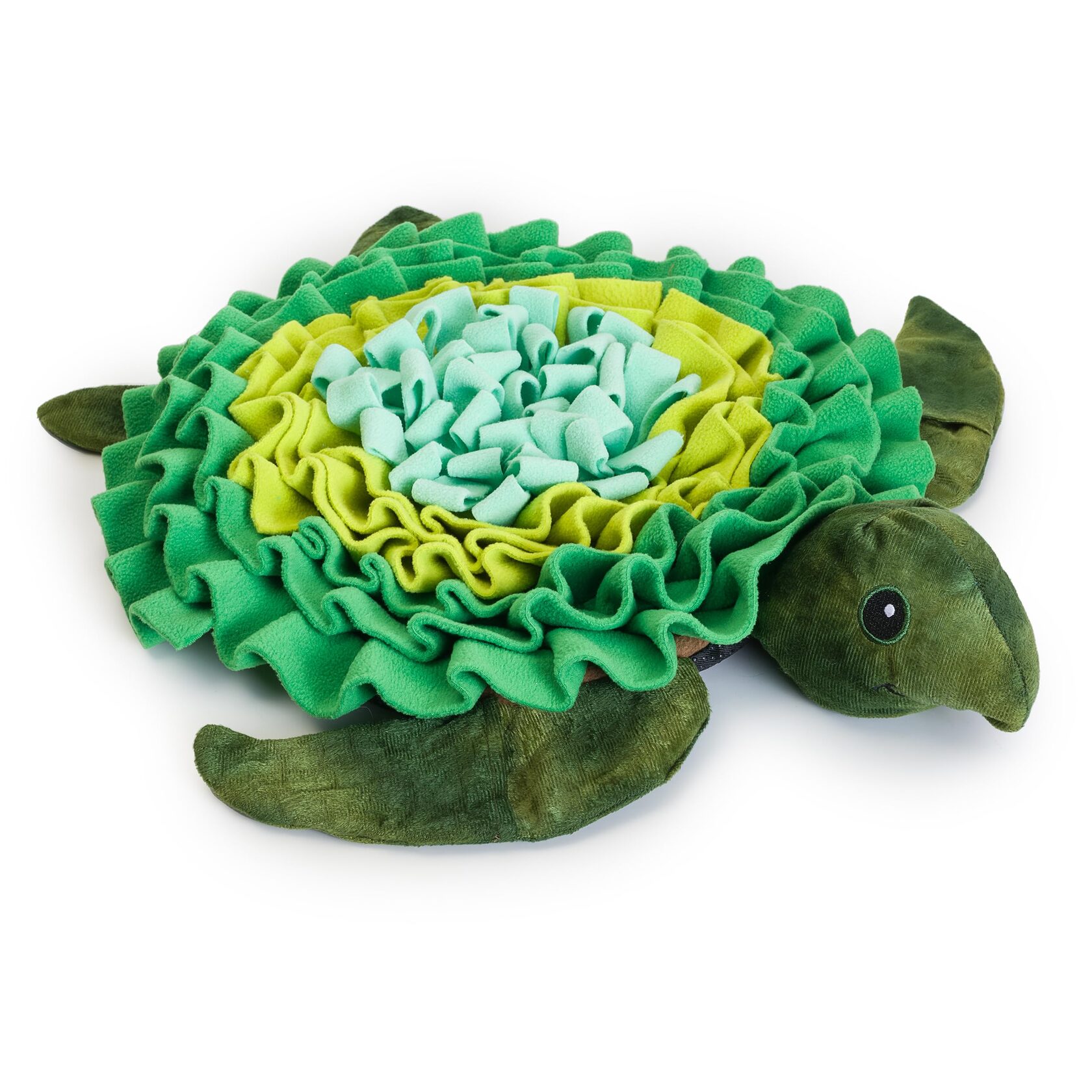
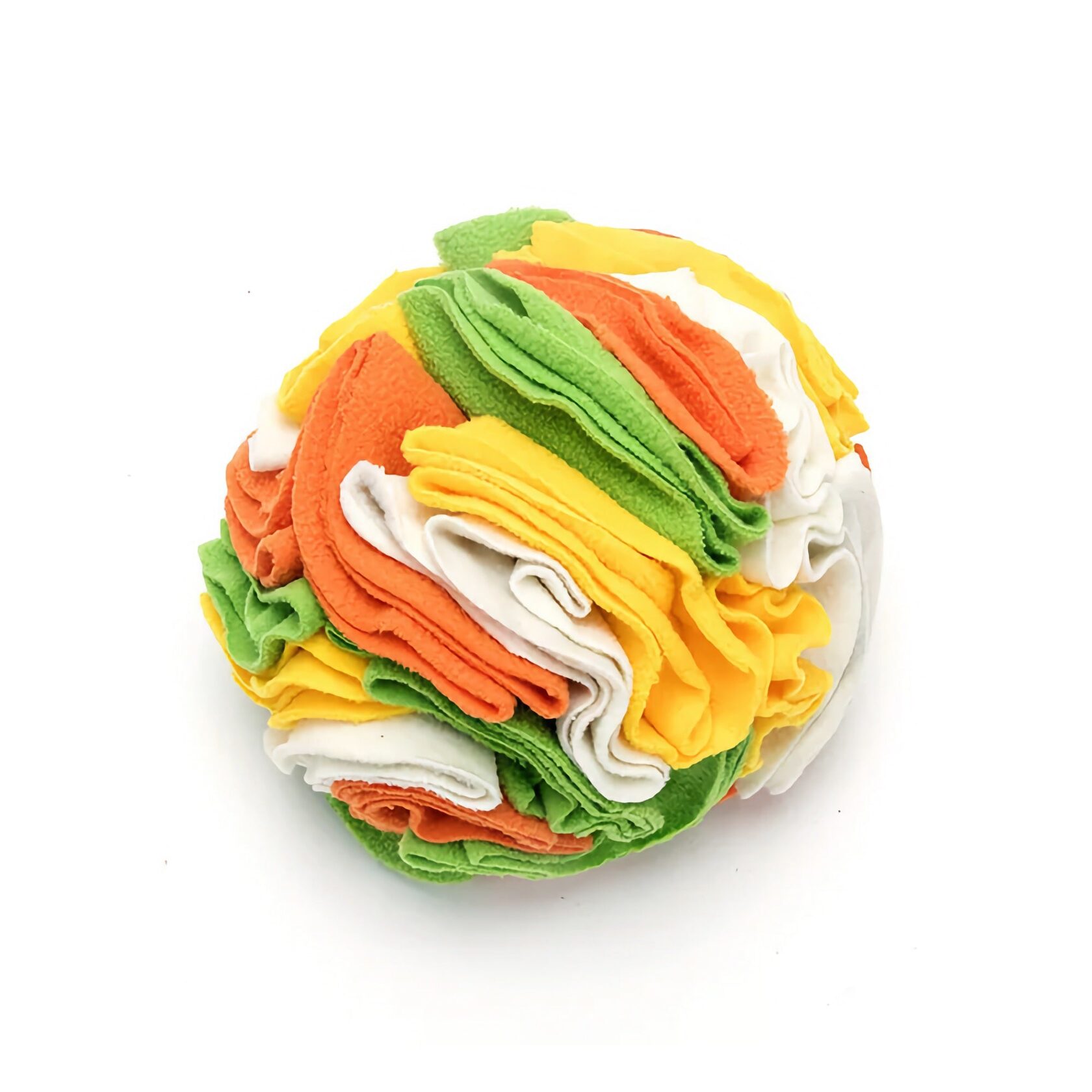
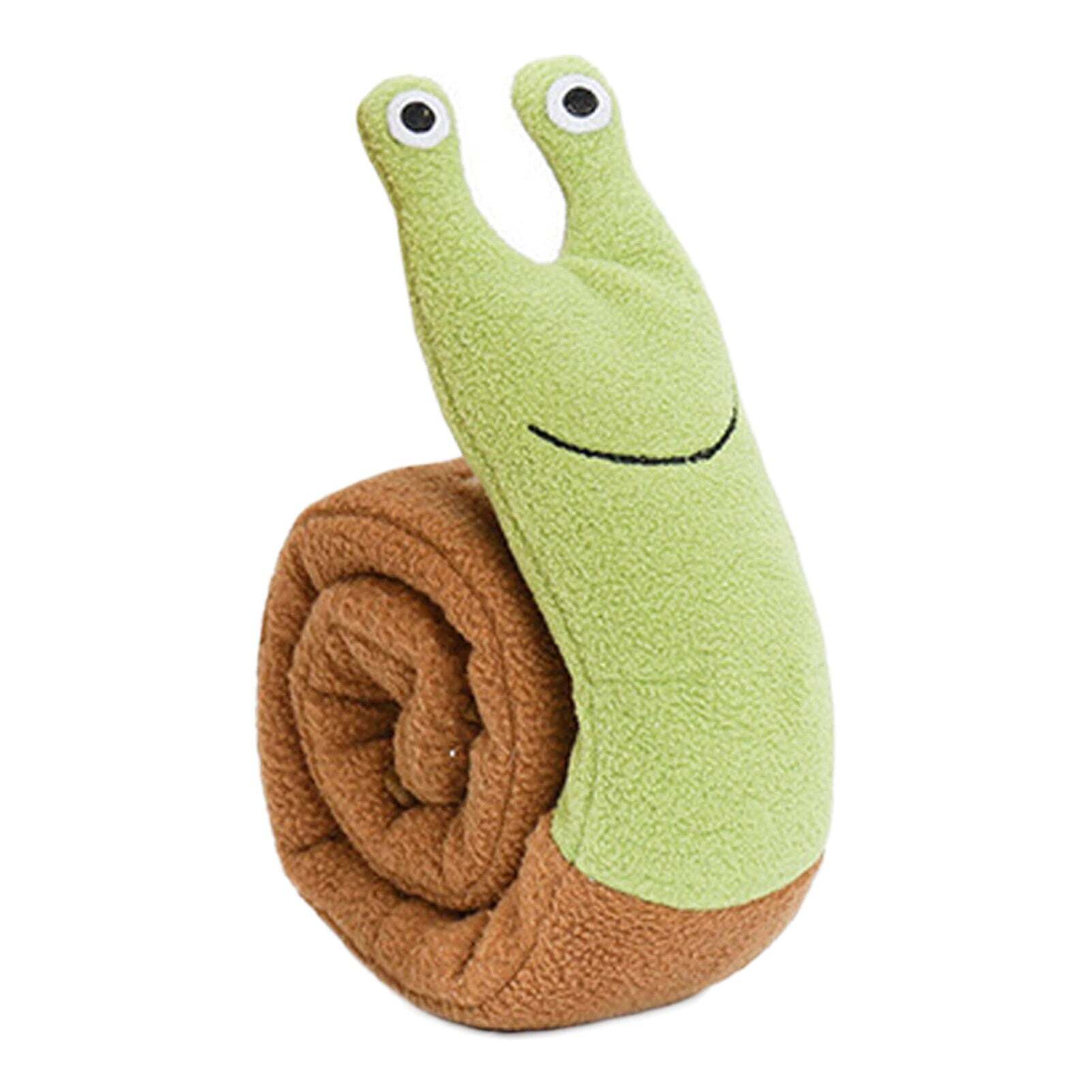
Intellectual games will also be great entertainment and a good exercise for the dog's brain. You can find many varieties of puzzles, both plastic and wooden. Plastic may be easier to clean, but wood will be safer for frequent use, given that the dog will be eating from it. An alternative can be DIY. Over time, dogs memorize how particular puzzles are arranged, so it's nice to have at least several puzzles to rotate.
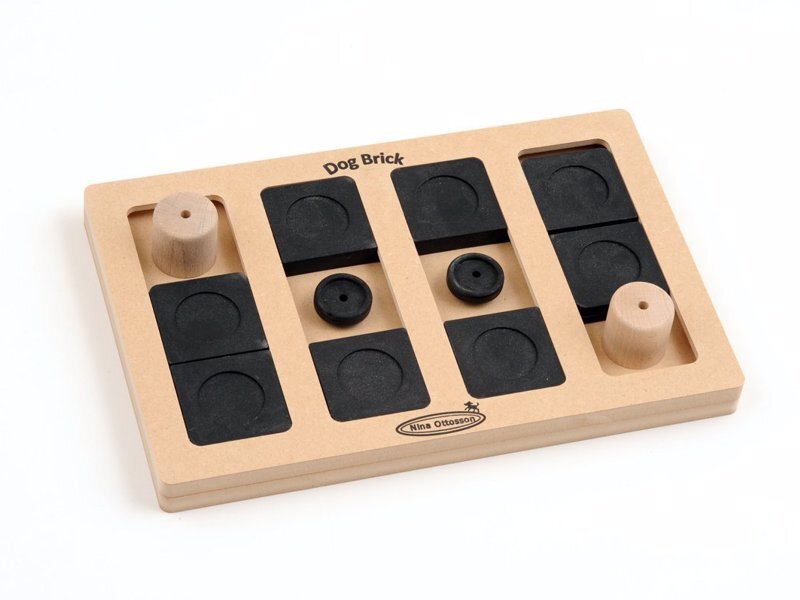
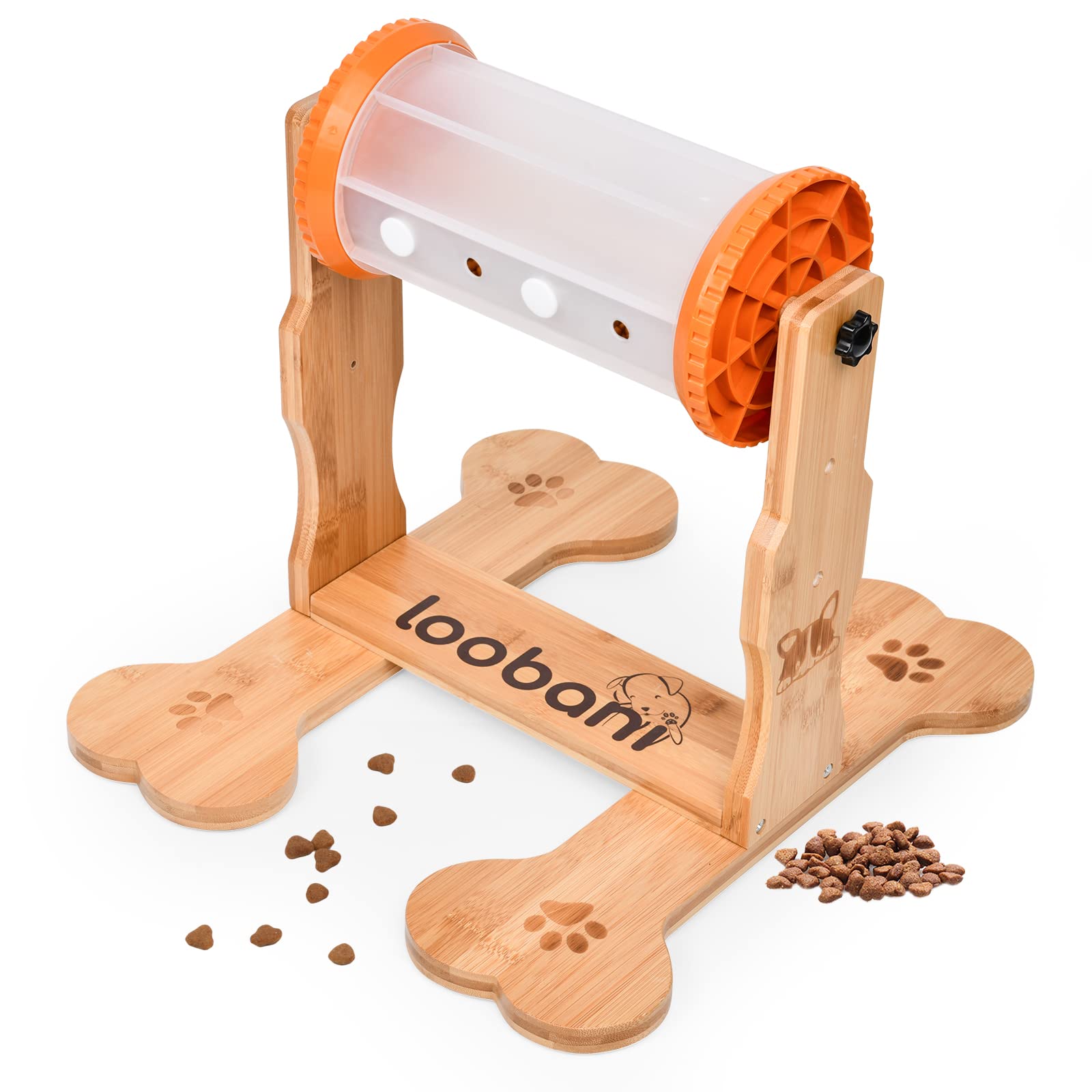
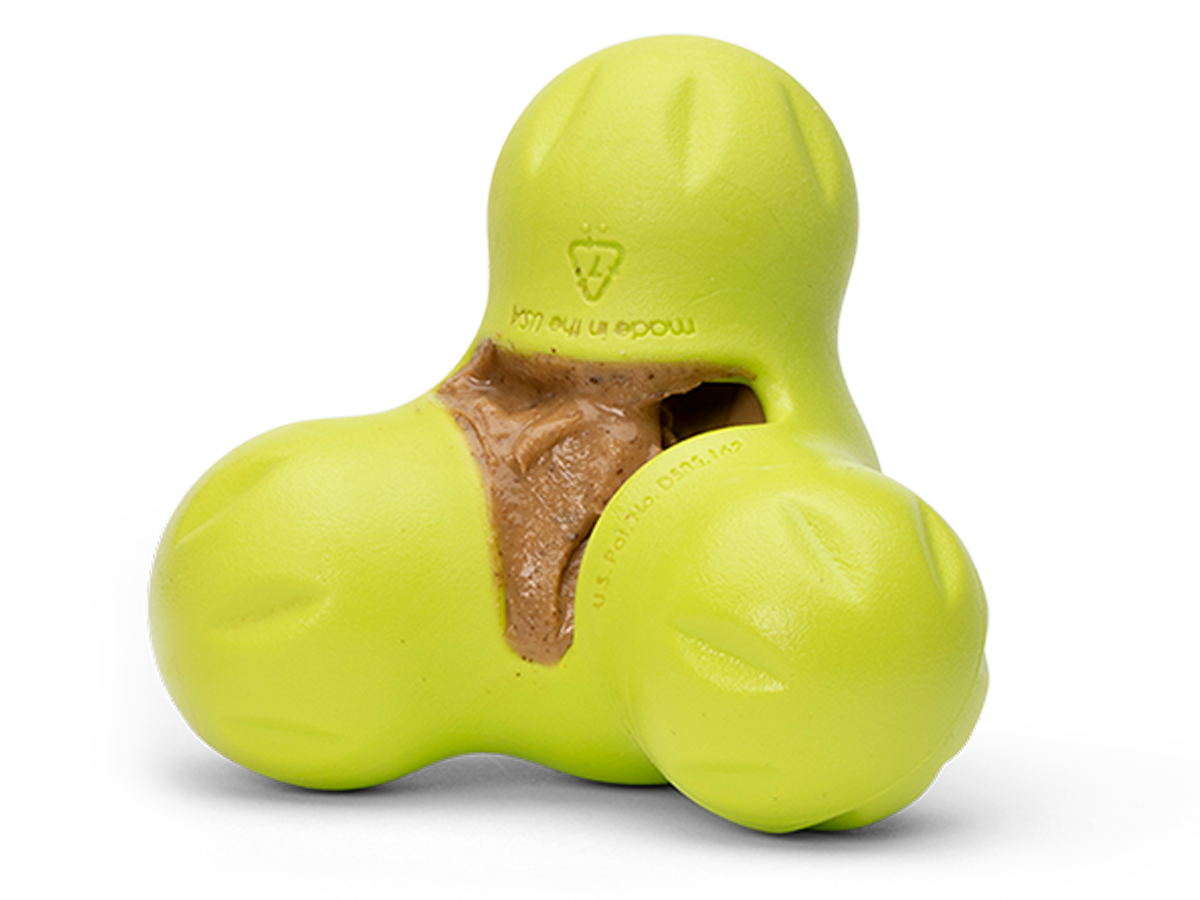
Kongs is an excellent manufacturer of dog toys and a well-known chewing toy. This rubber toy is made alike a car detail shape and is liked by many dogs. Kong toys are suitable for hiding some treats or spreading canned food. Please note that Kongs come in different sizes and densities.
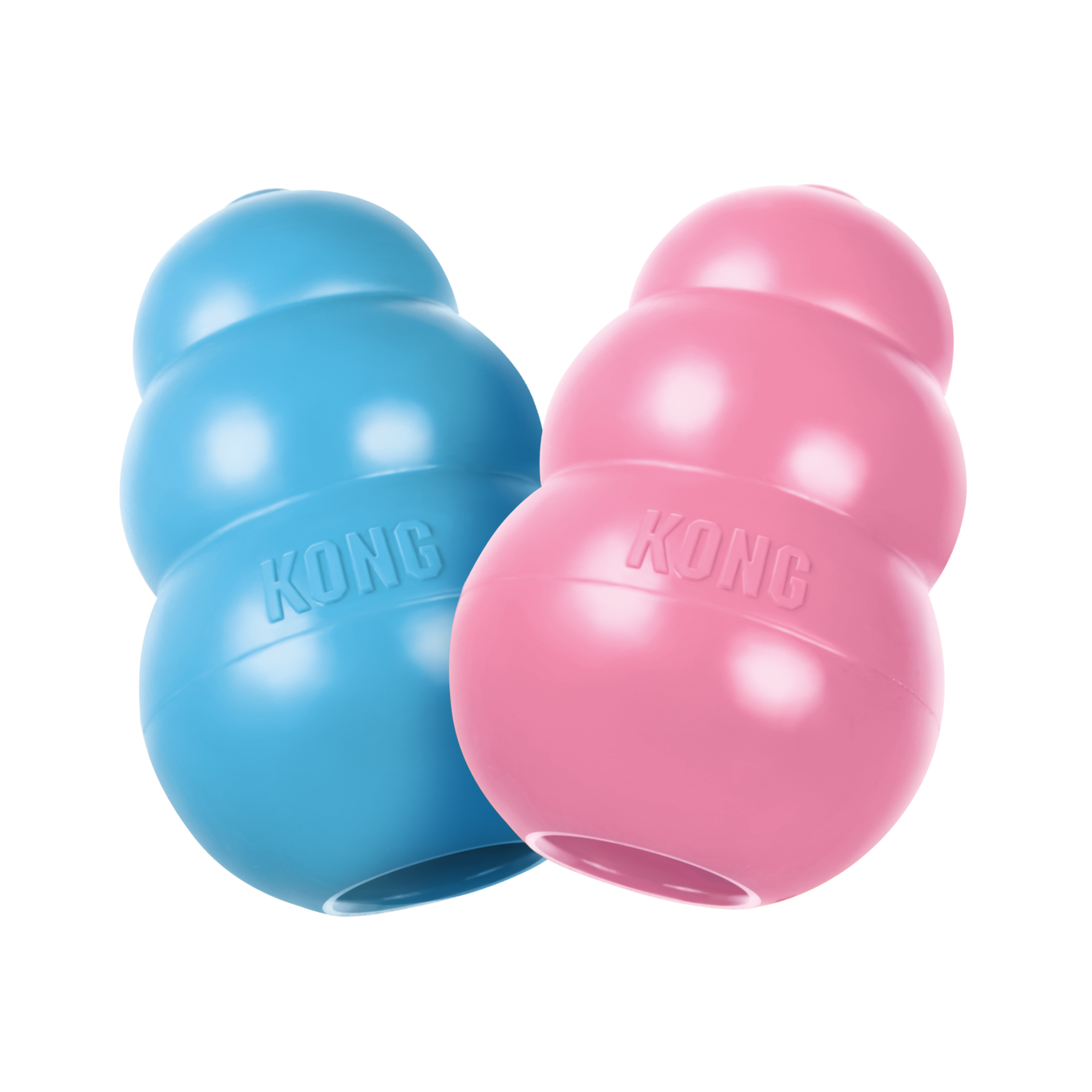
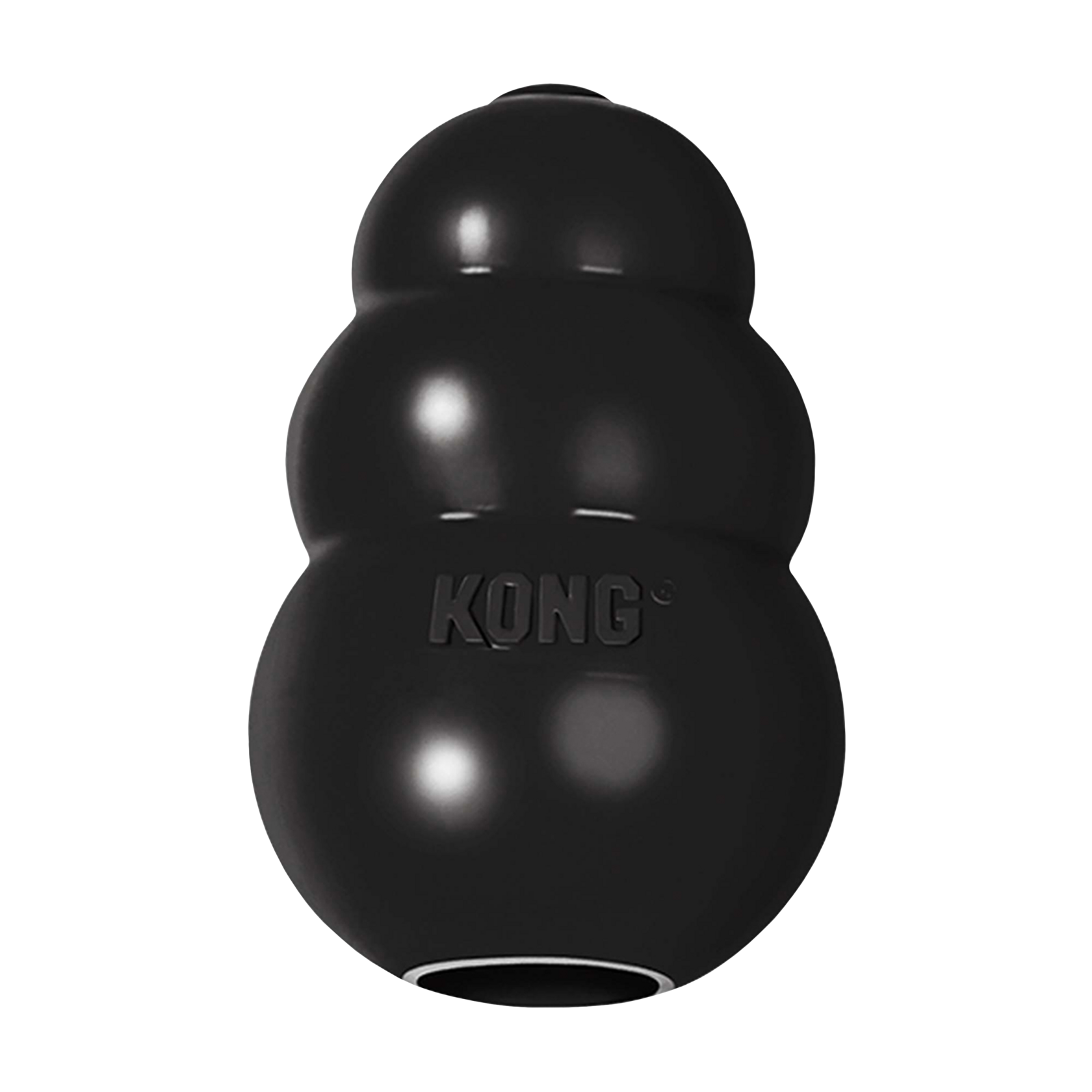
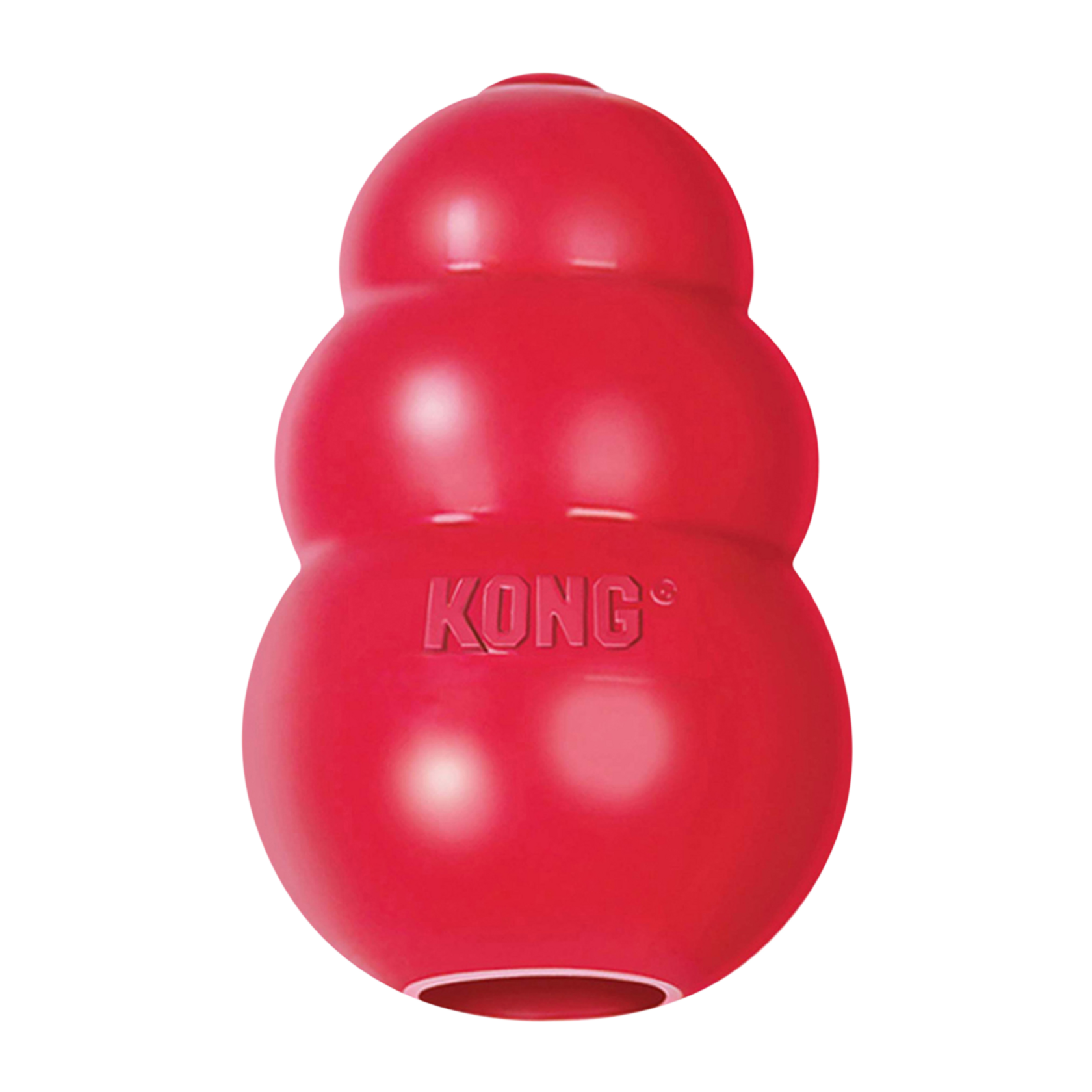
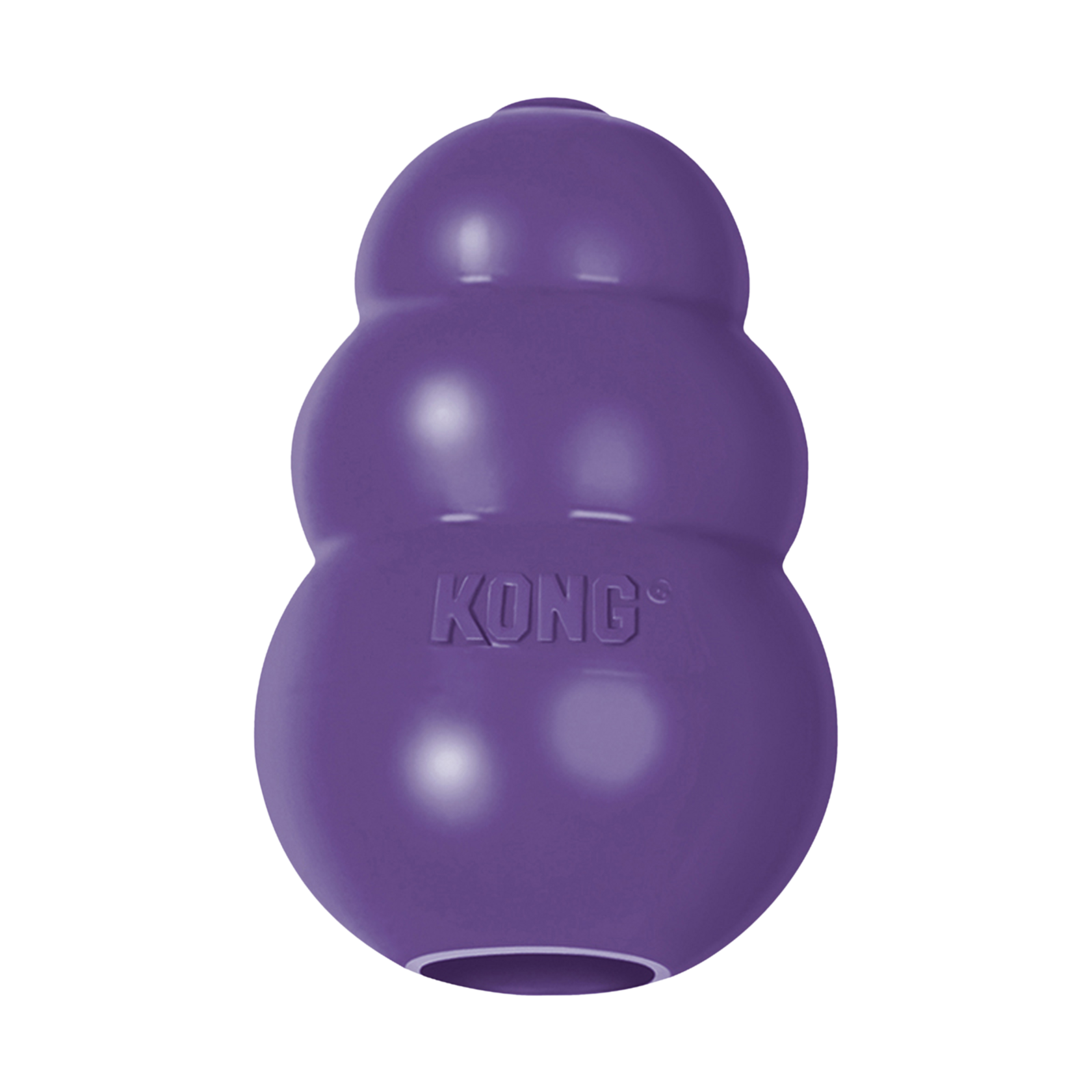
Plastic toys are often not very suitable. Firstly, the dog will chew on it anyway, which is not very good, and durable plastic can be dangerous for the dog's teeth. For example, branch sticks recently became very popular, but it is important to remember that SBTs have strong jaws, and it is not uncommon for dogs to damage their teeth on them, especially for young dogs. Such toys can also be dangerous for puppies: the strength of tooth enamel increases with age, but in youth, they are very easy to damage. Even if the dog's teeth are changing and it gnaws everything, it is better to find some softer toys or a natural dry treat.

Overstimulating toys. The excessive use of games can be overstimulating in itself with any toy, but there are a bunch of toys that even can't be used otherwise. Such toys include fishing rods, ball throwing machines, laser pointers, and other games that constantly overexcite the dog, cause a large repetitive release of dopamine, and consist mainly of repetitive actions.
